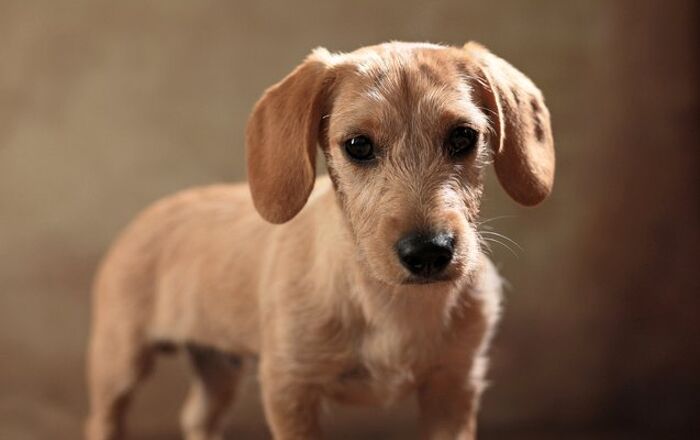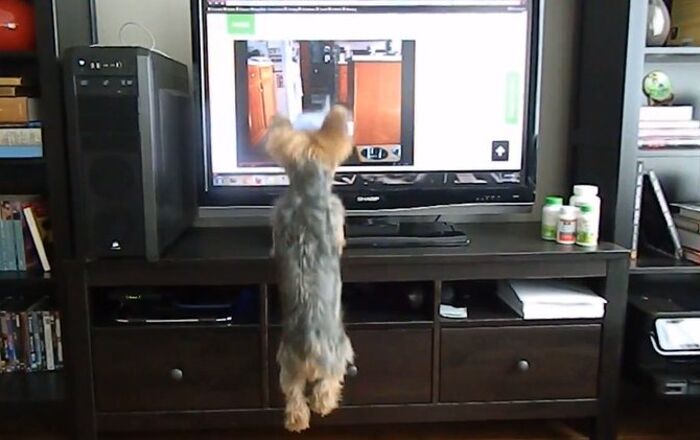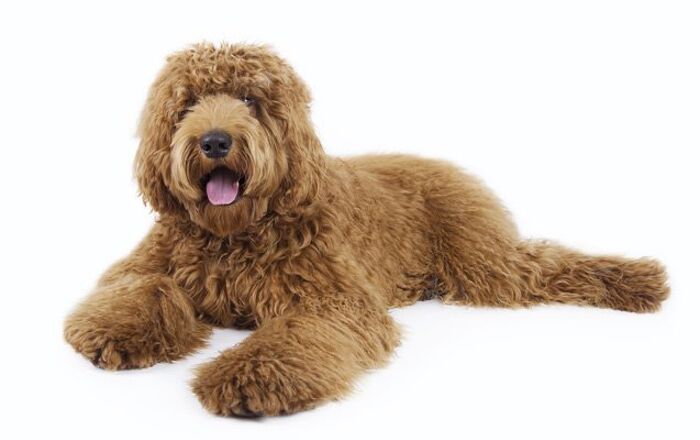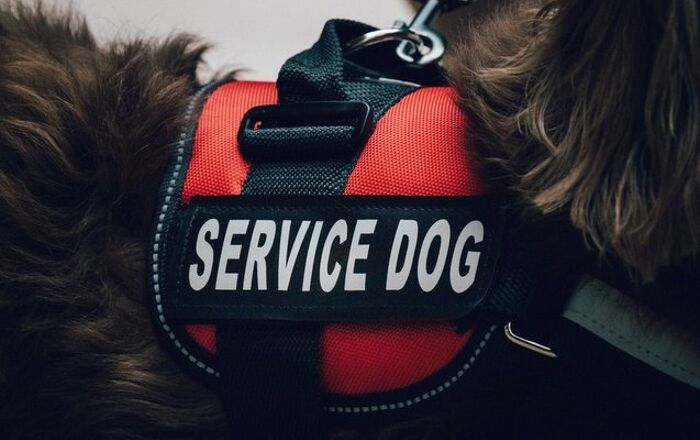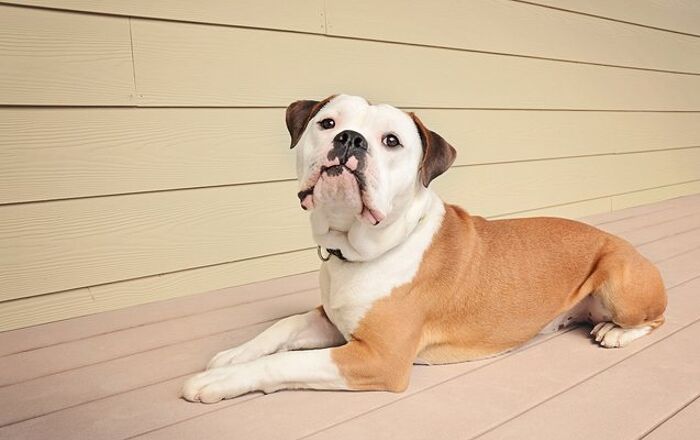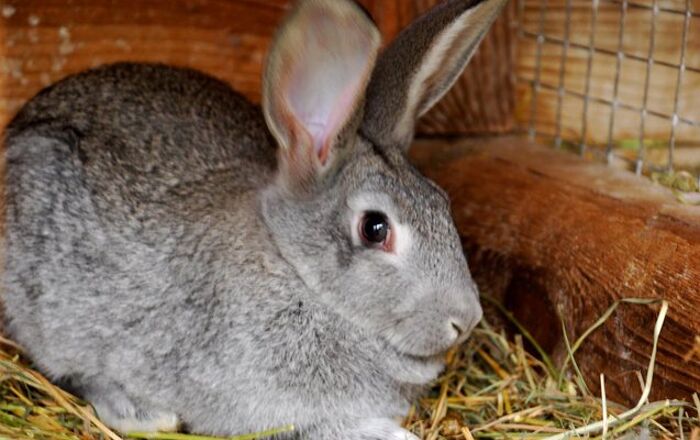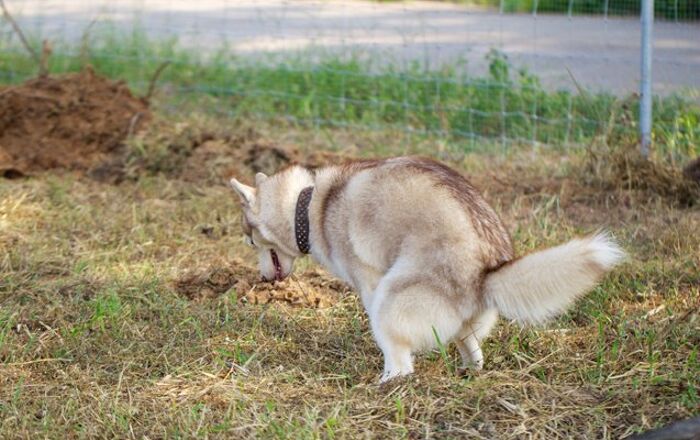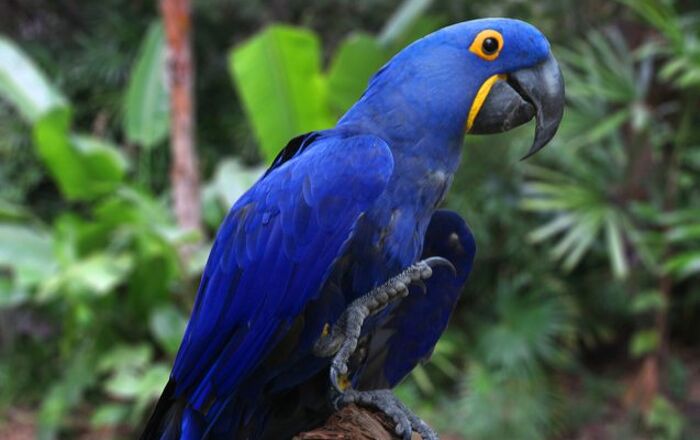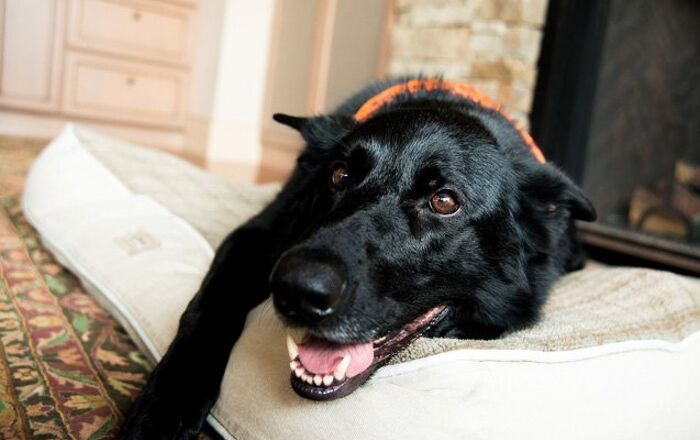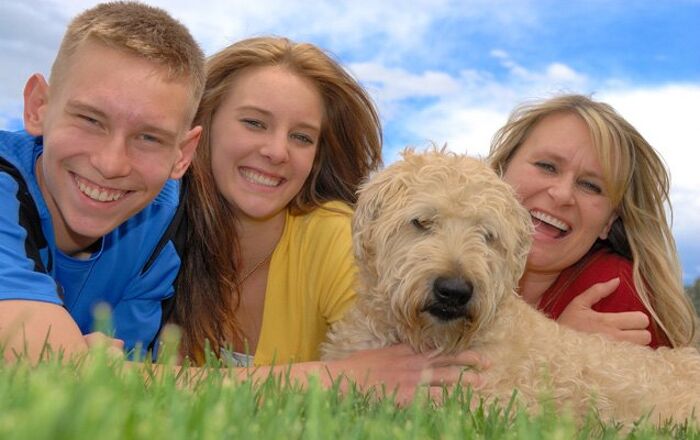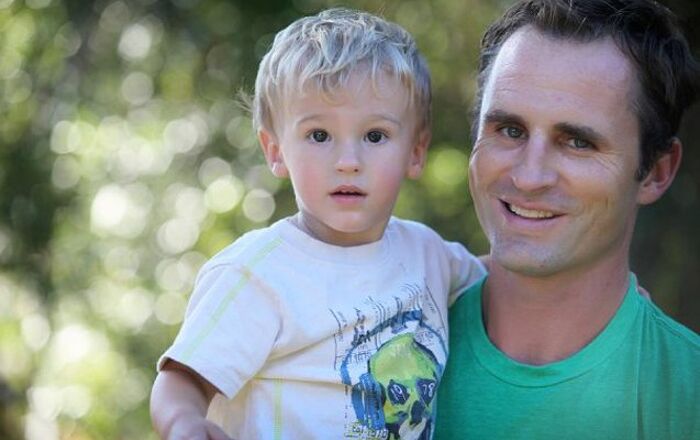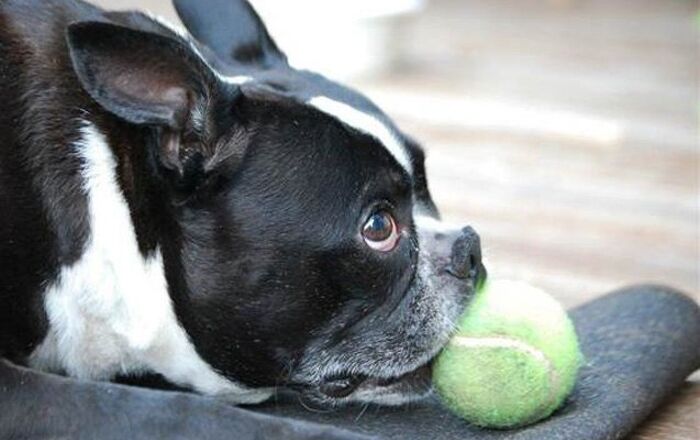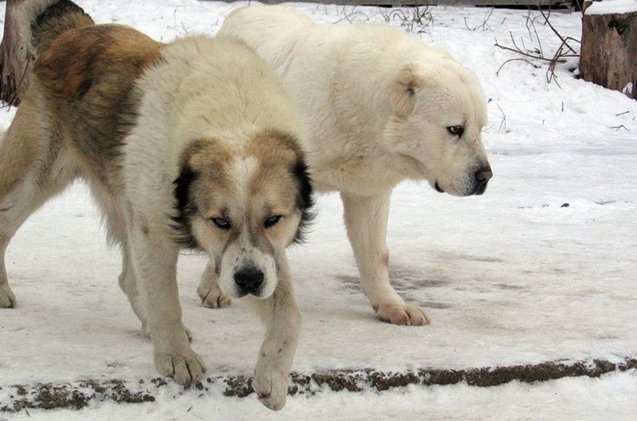
Central Asian Shepherd Dog Basics
If you’re looking for a dog breed that has lived well alongside humans for several millennia, then look no further than the Central Asian Shepherd Dog. It would tough to find a dog that’s been domesticated for longer and frankly, this one lives up to the hype. The Central Asian Shepherd Dog is one of the oldest of dog breeds in the world with a history spanning back more than 5,000 years. This is not a breed created by man and instead this is a breed that originated as a result of their climate and circumstance, for better or worse.
The Central Asian Shepherd Dog is a large and powerfully built dog. Its legs are well-boned and muscular. Its back is broad and powerful. The dog’s head is large and its short, powerful neck has an abundance of dewlap. Central Asian Shepherd Dogs come in long and short coat varieties. The most common colors for this breed are white, fawn, black and brindle.
One unique characteristic with this breed is that it can encompass a variety of breed types. And thus the temperament of each dog can vary depending on its breed line. In other words, there are many different types of Central Asian Sherpard out there, even if they may look similar. Thousands of years ago when these dogs first formed their bonds with the humans of the Central Asian region, they were used for a variety of purposes ranging from herding to dog fighting. Therefore three distinct breed types exist today with specific temperaments and instincts based on the purposes that they were originally bred for.
An important point to note here is that dog fighting is an important part of the culture of many of the regions from which these dogs originated. We certainly do not approve of dog fighting, however it is undeniably an important part of the history of this specific breed. In ancient times, the shepherds of these regions would gather on occasion and fight their most prized dogs to determine the strongest. These fights were rarely lethal and often the weaker, more submissive dogs would back down before there was an actual physical fight. Breed lines that are bred as fighting dogs often have a higher propensity towards aggression towards other dogs and need much more experienced handlers. So, it’s worth mentioning and keeping in mind should you choose to pursue this breed.
Breed lines that have been bred as herders and livestock guardians have very different protective instincts. Whichever breed type a Central Asian hails from, they are in no way suitable for first-time dog owners. These are dogs that require an experienced hand and delicate approach to raise right. For the right owner, they can be extraordinary companions. For the wrong owner, it will be a disaster for dog and human. Which group do your fall into? Well, you’ve come to the right place to find out. Keep your eyes glued to this page and scroll away to learn everything that you could possibly want to know about the Central Asian Shepherd Dog!
The Central Asian Shepherd Dog is one of the oldest of dog breeds in the world with a history spanning back more than 5,000 years.
Origin
It is believed that the first Central Asian Shepherd Dogs originated in the regions of Ural, the Caspian Sea, Asia Minor and the Northwest border of China. The former USSR first created the breed standard for this breed. However, with the end of the Soviet Union, a modern breed standard was created in Russia which has resulted in a modern version of the breed called the Central Asian Ovcharka. The history of this breed is deep and varied. There’s no one specific breeder or even region that can be pointed to as a place of origin. The story of the Central Asian Shepherd Dog is simply too rich for any simple answers like that.
Pedigree
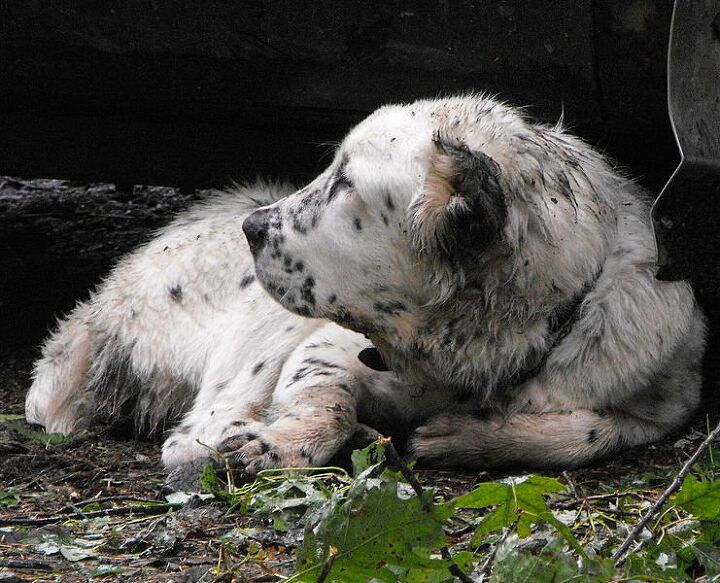
As with most ancient breeds, not much is known of the specific pedigree of the Central Asian Shepherd Dog. Some experts believe that the Tibetian Mastiff is a forefather of this ancient breed. Unfortunately, it’s impossible to do anything more than guess the forefather of any dog this old. There wasn’t exactly documentation kept about breed history 5,000 years ago.
Food/Diet
Central Asians are extremely large dogs and consume massive amounts of food each day. It is also important that their food supply their daily nutritional needs as well as their energy needs. Choose a reputable brand of kibble is always best, geared to your pooch’s size and nutritional needs. But how much should you specifically feed your Central Asian Shepherd? The best way to answer that question is to consult with a veterinarian. While dog food manufacturers and pet blogs provide useful feeding guidelines, they are still just guidelines and should not be treated as gospel. All dogs are different after all, each with their own needs regardless of the breed. The only person qualified to determine the specific dietary needs of your personal pooch is a vet. So always rely on their expertise before making any significant changes to what goes in your dog’s food dish.
Central Asian Shepherds are an extremely intelligent breed of dog.
Training
Central Asian Shepherds are an extremely intelligent breed of dog. The most important step when training these dogs is to first establish leadership and a strong bond with the dog. This dog needs an owner that can handle it with a firm but loving hand. Once the dog sees the human as its pack leader, they can be trained easily with most positive reward based training methods. A harsh hand can often backfire when training these giants. It’s certainly a tricky balance to maintain an alpha status while focusing entirely on positive training techniques. However, that’s a vital balance to strike to properly train this breed. The difficulty involved in training these pooches is why we strongly suggest that only experienced trainers take on the task. However, if you were are a first-time dog owner who is determined to bring home a Central Asian Shepherd Dog, it’s certainly still possible bring them up right. We just highly recommend involving a professional dog trainer or enrolling in some sort of obedience school to make things a little easier for your and your pup.
Weight
Full grown Central Asian Shepherd Dogs can weigh up to 176 pounds.
Temperament and Behavior
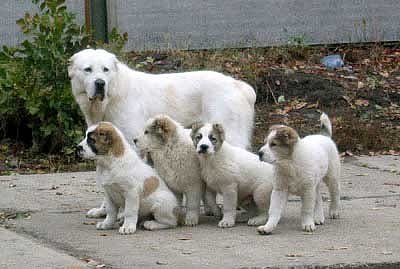
One of the most important aspects of understanding a Central Asian Shepherd Dog’s temperament is understanding its breed type and the associated instincts and characteristics that come along with it. For example, dogs that come from fighting lines will often be much more dog aggressive and will require a great deal of socialization and supervision around other dogs.
In general however, these dogs are highly self assured and intelligent and are extremely brave. While not unduly aggressive, they will not hesitate to attack if they sense that their owner is in grave danger and will protect their masters to the death. They are also naturally weary of strangers and will alert their masters promptly to any strange intrusions. They also have a loud booming bark and make for excellent watchdogs and guard dogs.
Central Asians are extremely protective and devoted to their families. They are also extremely affectionate towards children. However, they should always be supervised around youngsters as they can accidentally topple or hurt toddlers due to their extremely large size.
Common Health Problems
The Central Asian Shepherd Dog does not have any known hereditary ailments and is generally considered to be a very healthy breed. However, like most large breeds, they are prone to hip and elbow dysplasia. As always, it is important to maintain regularly scheduled checkups with a veterinarian (especially as your pooch ages into his senior years) to ensure that any potential health issues are identified and treated as quickly as possible.
Life Expectancy
A well cared for Central Asian Shepherd can often live for 14 years or more.
Exercise Requirements
Although these dogs may look like lazy giants, they are a hard working breed and require regular strenuous exercise. These dogs were bred to work for extended periods of time and they do best with long and drawn out exercise sessions. They make excellent jogging and hiking partners.
Central Asians are extremely protective and devoted to their families.
AKC
The Central Asian Shepherd Dog was included in the American Kennel Club’s Foundation Stock Service in 1996.
Coat
Neither the long haired or short haired variety of this dog requires a great deal of care in terms of grooming. They are however heavy seasonal shedders and should be brushed more often during the shedding season.
Puppies
As with all large and powerful breeds, early socialization and training is an important part of being a responsible Central Asian Shepherd Dog owner. Do not let those early and impressionable puppy days go to waste!
Photo credit: kara-yulduz.com; Afru/Wikimedia


